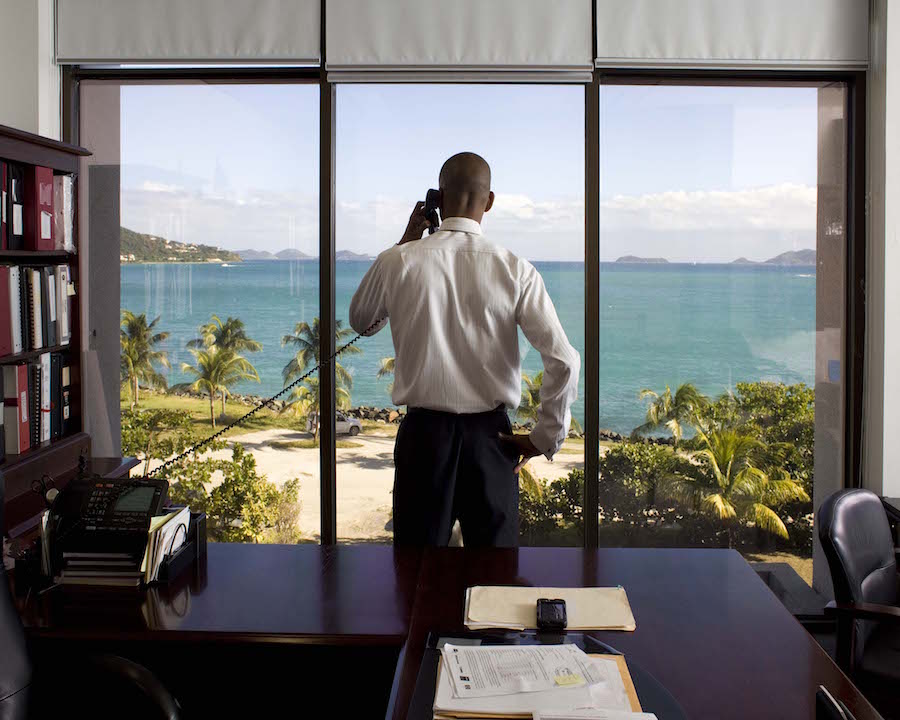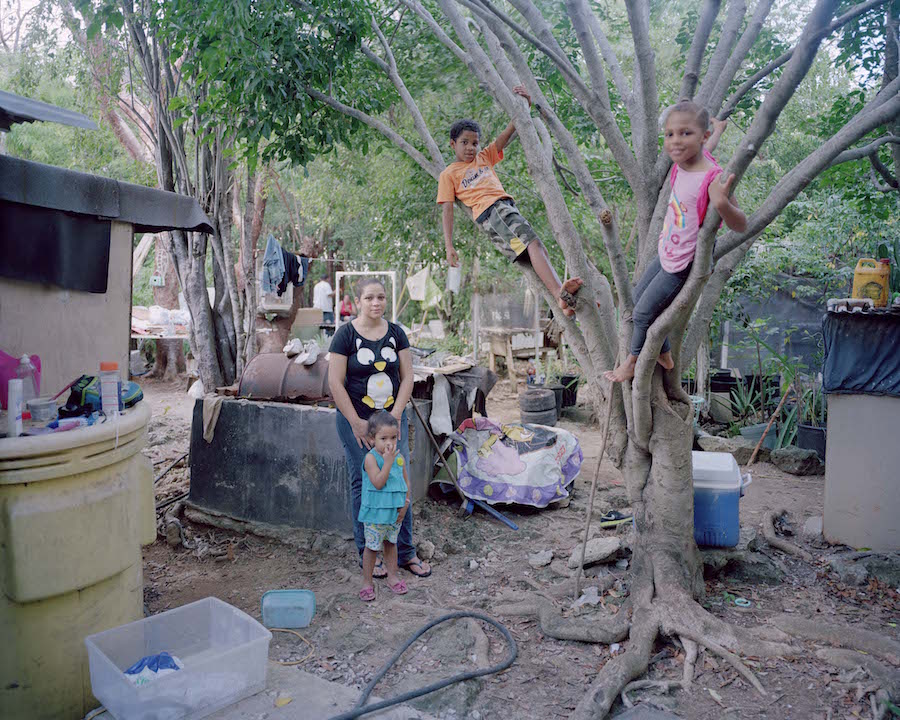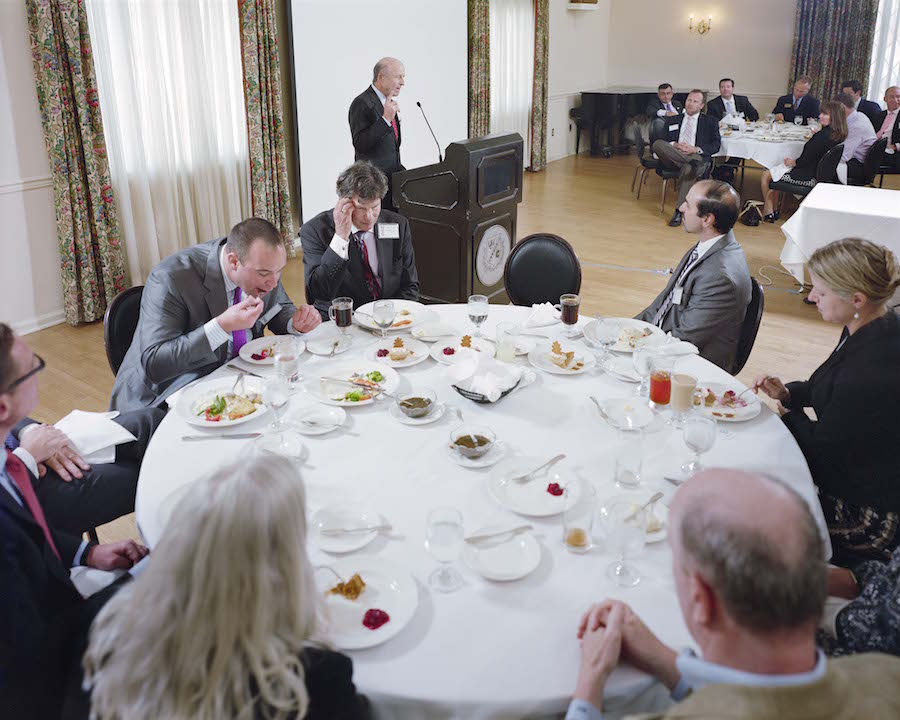
In the summer of 2016, 11.5 million documents from the world’s fourth largest offshore banking law firm were leaked by an anonymous source, exposing financial and attorney-client information of more than 214,000 offshore companies. The Panama Papers, as they are known, reveal some of the complex structures that allow the extremely wealthy to exploit offshore banking and shell corporations to commit fraud, tax evasion, money laundering, and other crimes.

A year before the Panama Papers were shared with the International Consortium of Investigative Journalists, an exhibition at the Rencontres d’Arles photography festival investigated the opaque world of tax havens that exist primarily on paper. The exhibition, Les Paradis, Rapport Annuel (Paradise, Annual Report), is now on view at the Université Paris II Panthéon-Assas as part of a program including public discussions about documentary photography and tax evasion, and cross-disciplinary dialogue between artists, attorneys, and academics.

The artists behind Les Paradis, Rapport Annuel, Paolo Woods and Gabriele Galimberti, traveled to a dozen countries to investigate and photograph offshore tax havens, capturing images of physical places associated with invisible financial transactions and the massive transfer and obfuscation of wealth. It is estimated that as much as $32 trillion are hidden in tax havens worldwide.

“Tax havens are not an exotic tropical eccentricity, but have become a structural instrument of the globalized economy. They confront us with fundamental moral issues, involving the relationships between public and private; between companies and states; and between the haves and the have-nots.”

Les Paradis, Rapport Annuel opened on March 23 and continues through April 21, 2017.